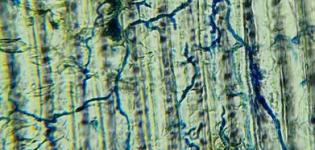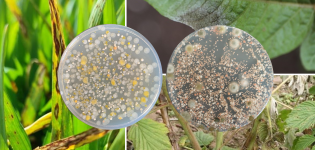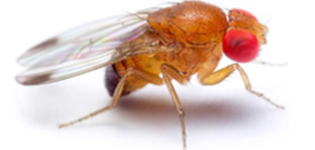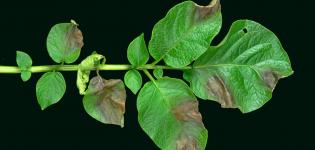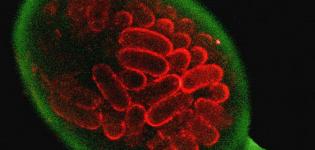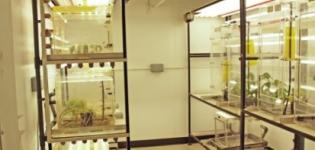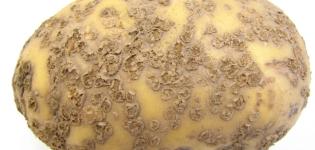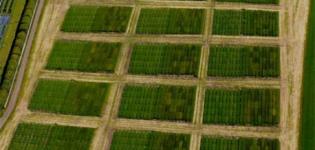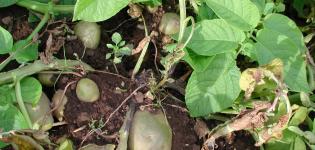Plant traits for pest and disease control in soft fruit
 Pest and disease damage in soft fruit plantations can lead to significant yield loss, costing the industry millions of pounds annually. Current soft fruit breeding programmes have not fully exploited plant traits that confer resistance to, or tolerance of, the most damaging pests and diseases. Recent research to characterise genotypic variation in root and shoot physical traits of raspberry has highlighted traits that could be exploited to limit yield losses caused by the most damaging pests and diseases.
Pest and disease damage in soft fruit plantations can lead to significant yield loss, costing the industry millions of pounds annually. Current soft fruit breeding programmes have not fully exploited plant traits that confer resistance to, or tolerance of, the most damaging pests and diseases. Recent research to characterise genotypic variation in root and shoot physical traits of raspberry has highlighted traits that could be exploited to limit yield losses caused by the most damaging pests and diseases.

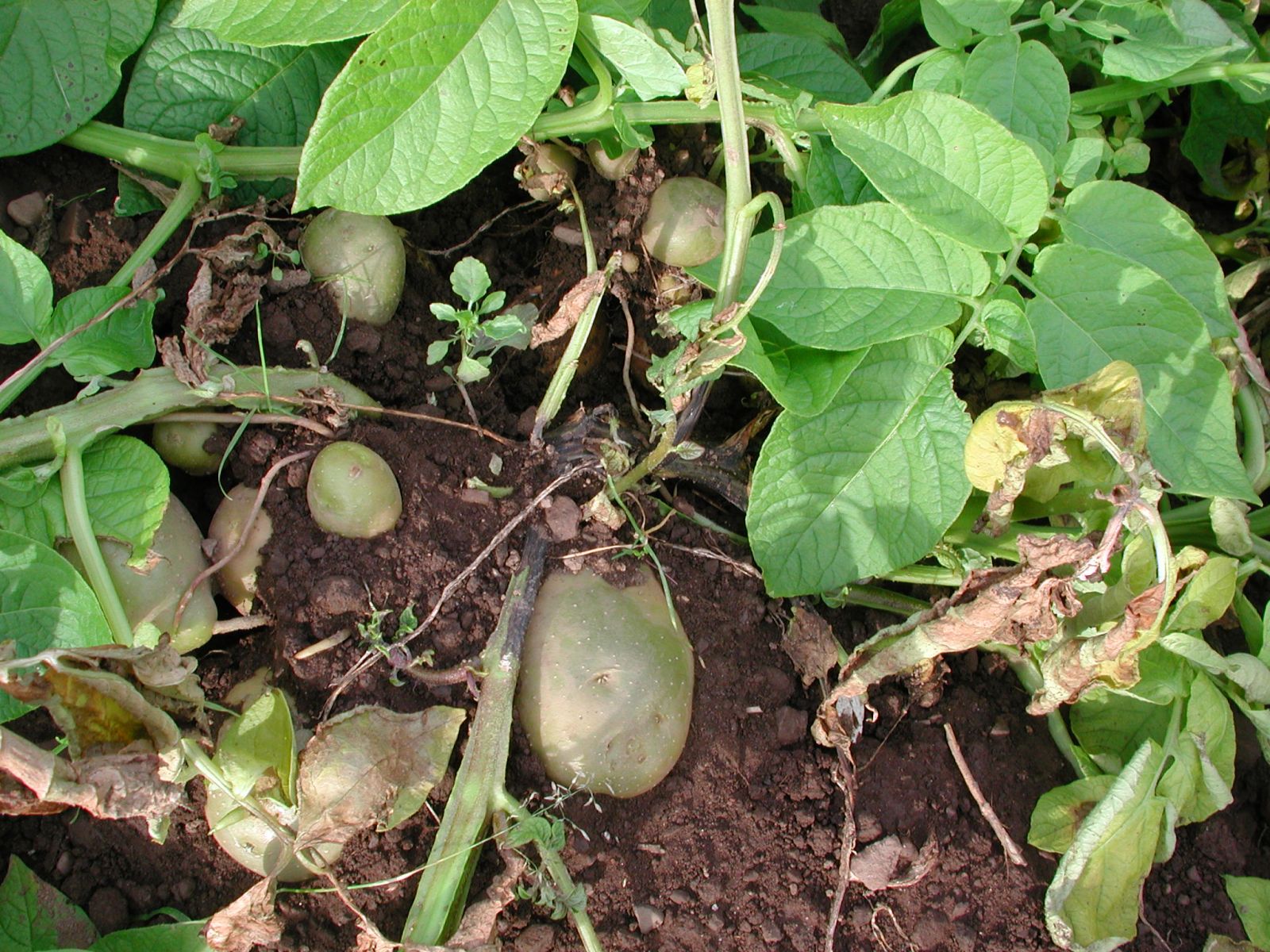 Blackleg (including soft rot) of potato is a devastating disease for which there are no chemical treatments. Disease control is particularly important for the seed potato industry as the pathogen, once present, increases in population through seed generations. Since the 1960s, disease has been controlled by ventilated storage, seed certification, good hygiene and more recently by managing seed imports (safe haven scheme and Government legislation). While disease incidence is much reduced than 50 years ago, it still remains a major problem both in Europe and beyond. Over the last 5 years blackleg disease appears to be on the increase although the reasons for this are not clear. At the Institute we are focussing on 4 control measures to be included in the blackleg IPM strategy.
Blackleg (including soft rot) of potato is a devastating disease for which there are no chemical treatments. Disease control is particularly important for the seed potato industry as the pathogen, once present, increases in population through seed generations. Since the 1960s, disease has been controlled by ventilated storage, seed certification, good hygiene and more recently by managing seed imports (safe haven scheme and Government legislation). While disease incidence is much reduced than 50 years ago, it still remains a major problem both in Europe and beyond. Over the last 5 years blackleg disease appears to be on the increase although the reasons for this are not clear. At the Institute we are focussing on 4 control measures to be included in the blackleg IPM strategy.